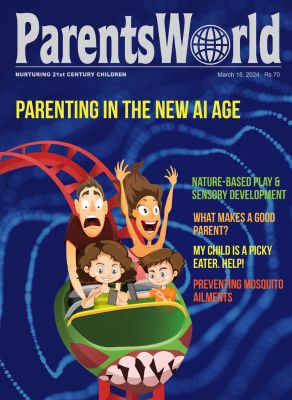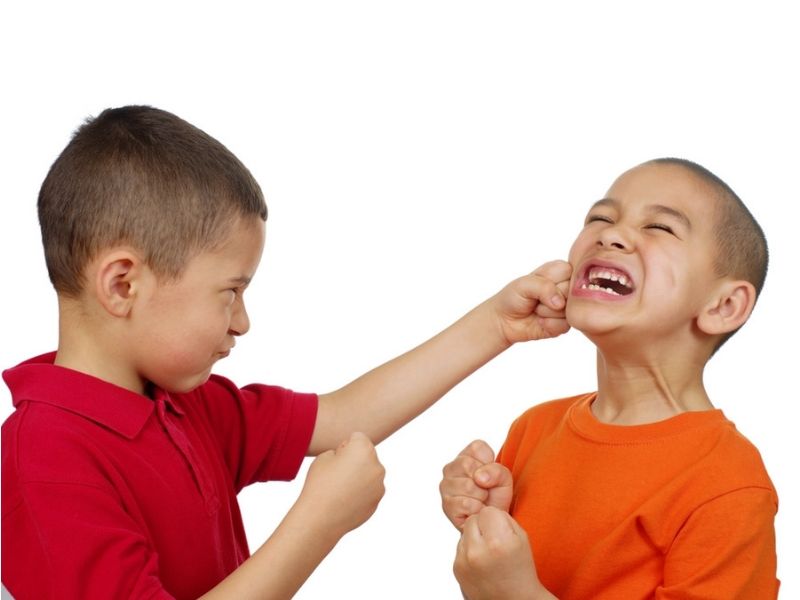 We exhibit aggression under various situations, threats and pressures. As adults we have better control over their negative impulses, but children lack the ability to express their anger in non-violent ways. Younger children vent their aggression through violent behaviors such as kicking, biting, and hitting. While older children express their aggression through bullying, fighting, and teasing. It has become imperative for educational institutions to employ different strategies to curb aggression in children.
We exhibit aggression under various situations, threats and pressures. As adults we have better control over their negative impulses, but children lack the ability to express their anger in non-violent ways. Younger children vent their aggression through violent behaviors such as kicking, biting, and hitting. While older children express their aggression through bullying, fighting, and teasing. It has become imperative for educational institutions to employ different strategies to curb aggression in children.
Children between 2-5 years age group lash out because they can be frustrated by a certain problem, which the parents or teachers are not aware of. The younger children do not know how to control their impulses, which leads to aggression.
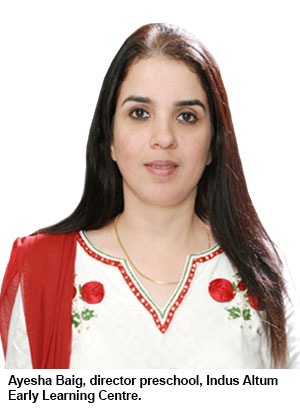 “Children of 2-5 years age group are in the egocentric age which means that they assume that other people see, hear and feel as they do. Sharing usually becomes difficult for them. Their aggression usually revolves around materialistic objects such as toys or classroom resources, especially when they have to share with the other kids. As educators, we need to teach younger children how to control their impulses and thereby learn to wait for their turn. To achieve this, we conduct various games to help children control their impulses and regulate themselves.
“Children of 2-5 years age group are in the egocentric age which means that they assume that other people see, hear and feel as they do. Sharing usually becomes difficult for them. Their aggression usually revolves around materialistic objects such as toys or classroom resources, especially when they have to share with the other kids. As educators, we need to teach younger children how to control their impulses and thereby learn to wait for their turn. To achieve this, we conduct various games to help children control their impulses and regulate themselves.
We exercise something called essential agreement for setting class rules. Children use problem-solving skills to solve a problem in their class by giving suggestions. This way children feel responsible with the collective decision and do not exhibit any kind of frustration or anger,” explains Belgaum-based Ayesha Baig, director preschool, Indus Altum Early Learning Centre.
Most educational institutions believe in involving the students in a lot of physical and creative activities to channelise 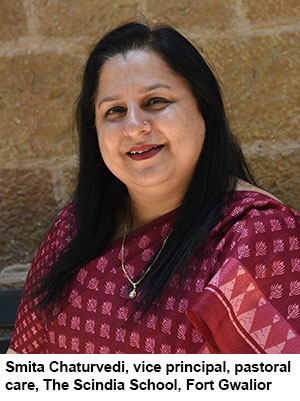 their energies in the right direction. Some schools employ recreational or spiritual activities to help children.
their energies in the right direction. Some schools employ recreational or spiritual activities to help children.
Smita Chaturvedi, vice principal, pastoral care, The Scindia School, Fort Gwalior says, “Child aggression could be a manifestation of a range of factors including physical and mental well-being of an individual. At Scindia, we ensure that each child that comes under the wings of our school gets a congenial environment for holistic development.
A culture of self-discovery frees a child from the pangs of unhealthy competition amongst peers, which is a major reason for aggressive behavior in young adults of the 21st century. Astachal, a unique daily practice in our school, provides them the window for introspection; it helps our children to be in harmony with them so that they can be in harmony with everything around them. Students spend time in self-reflection and meditation while gazing at the setting sun every day. There is also a carefully designed activity programme that includes wood and stone carving which leaves little room for any negative emotions including aggression.”
In the teenage years, the aggressive tendencies are shaped by environmental conditions such as pressures, threats, competition with the peers, or with the siblings. Children of all age groups experience hostile aggression which is committed in response to a threat or insult. Generally children experience a sudden insult or humiliation if teased or shamed by friends. In these cases, no reciprocation strategy is the best way to deal with it.
“Once kids enter their teens, they become judgmental about others. Sometimes, the opinions made by them can be too critical. They also indulge in body shaming and verbal bullying. These days online bullying is more rampant among the high school children, wherein they post nasty messages on the social media pages in order to embarrass a particular student of their class.
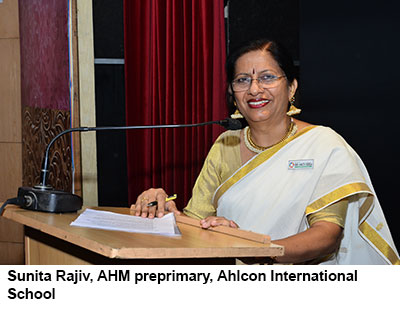 The bullied child shows retaliation and anger against those who bullied him/her and this can even lead to a physical fight. Severe physical fights are more common among male children, who think it is normal for the boys to become aggressive or indulge in fights, as depicted in the movies or witnessed in real life. While the girl children can involve themselves in a verbal spat or indulge in verbal abuses. Some girl children even tend to sulk,” says Delhi-based Sunita Rajiv, AHM preprimary, Ahlcon International School.
The bullied child shows retaliation and anger against those who bullied him/her and this can even lead to a physical fight. Severe physical fights are more common among male children, who think it is normal for the boys to become aggressive or indulge in fights, as depicted in the movies or witnessed in real life. While the girl children can involve themselves in a verbal spat or indulge in verbal abuses. Some girl children even tend to sulk,” says Delhi-based Sunita Rajiv, AHM preprimary, Ahlcon International School.
Rajiv further adds, “I believe that teachers should prioritise building rapport with children of all age groups, in particular with the children of middle and high school. I utilise substitution classes and ask the children to write down their grievances and later counsel them. This way we help children to pen down what they are facing in their lives and then we counsel them. The child opens up and shares his/her innermost fears and insecurities. Inspiring students to write email privately is also a very useful idea. You will come to know about their problem without them having to approach you in public view. Social emotional learning and building resilience is what we educators need to focus on.”
Severe aggression is caused due to tragic experiences in the life of a child or at home. It is noticed when a student sulks, or performance in academics deteriorates, the teachers conduct meetings with the parents to investigate the reason. The student is then sent to the counselor for counseling. “In case of extreme aggression, we involve the parents, try to find out the reason and later send the children for immediate counseling. We also have student and teacher mentors to whom the children can speak to if they are facing any serious issues and need help,” concludes Chaturvedi.














